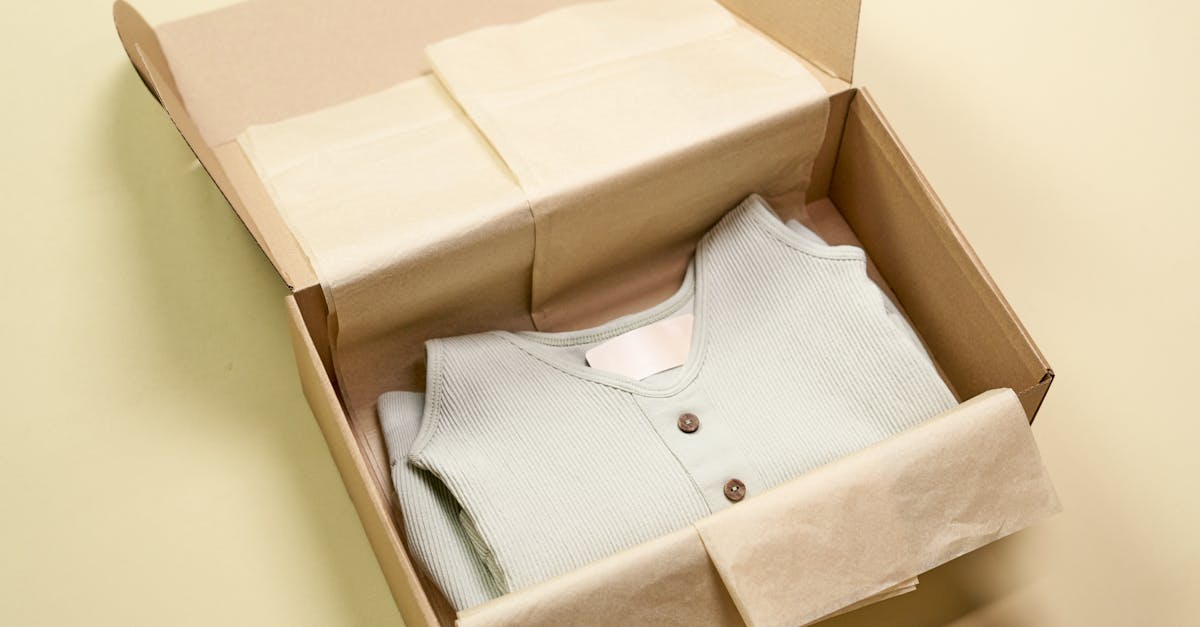Sustainable Fashion The Future of Eco Friendly Clothing
Introduction
Sustainable fashion is rapidly gaining traction as consumers become more conscious of their environmental impact. This movement is not just about using eco-friendly materials but involves a comprehensive overhaul of production methods and supply chains. This article delves into sustainable fashion's role in shaping our future wardrobes.
Advertisement
Understanding Sustainable Fashion
Sustainable fashion refers to a clothing design ethos that prioritizes environmental and social concerns. It emphasizes reducing waste, conserving energy, and using biodegradable or recyclable materials. This approach seeks to minimize the fashion industry's environmental footprint and ensure fair labor practices.
Advertisement
Eco-Friendly Materials
The cornerstone of sustainable fashion lies in the materials used to make clothing. Organic fabrics such as cotton, hemp, and bamboo are more environmentally friendly compared to synthetic fibers. These natural materials require fewer chemicals and less water, and they decompose faster, reducing landfill waste.
Advertisement
Ethical Production Practices
Sustainable fashion prioritizes ethical labor practices, ensuring fair wages and safe working conditions for workers. Many brands are adopting transparent supply chains to trace their production processes, fostering accountability and fairness. This cultivates a more humane approach to fashion production.
Advertisement
The Rise of Upcycling
Upcycling is a creative aspect of sustainable fashion, transforming old garments into new, trendy pieces. It reduces fabric waste and extends the lifecycle of clothing. Designers and consumers alike are embracing this trend, finding innovative ways to repurpose textiles and reduce landfill contributions.
Advertisement
Slow Fashion Movement
Contrary to the fast fashion model, slow fashion emphasizes quality over quantity and longevity over disposability. This means investing in timeless pieces made to last, limiting excessive consumption, and reducing environmental degradation. Slow fashion encourages mindful buying and cherishing what's in your wardrobe.
Advertisement
Technological Innovations in Fashion
Sustainable fashion has witnessed a surge in technological advancements. From fabric made from recycled plastic to lab-grown leather, technology is forging new pathways in eco-friendly clothing. These innovations have the potential to revolutionize how clothes are made, offering greener alternatives for the fashion industry.
Advertisement
Challenges Facing Sustainable Fashion
Despite its benefits, sustainable fashion faces challenges, including higher production costs and limited consumer awareness. These factors often result in higher product prices, limiting accessibility to eco-friendly clothing. Bridging this gap through education and innovation is essential for widespread adoption.
Advertisement
The Role of Consumers
Consumers play a pivotal role in driving the sustainable fashion movement. By choosing eco-friendly brands and advocating for ethical practices, consumers can influence industry standards. As awareness grows, more individuals appreciate the importance of investing in sustainable choices for a greener planet.
Advertisement
Conclusion
In conclusion, sustainable fashion is not just a trend but a pivotal movement for the industry's future. It involves conscious choices from producers and consumers alike and calls for a shift toward eco-friendly practices. As more people align with this vision, sustainable fashion promises a brighter, greener future.
Advertisement
